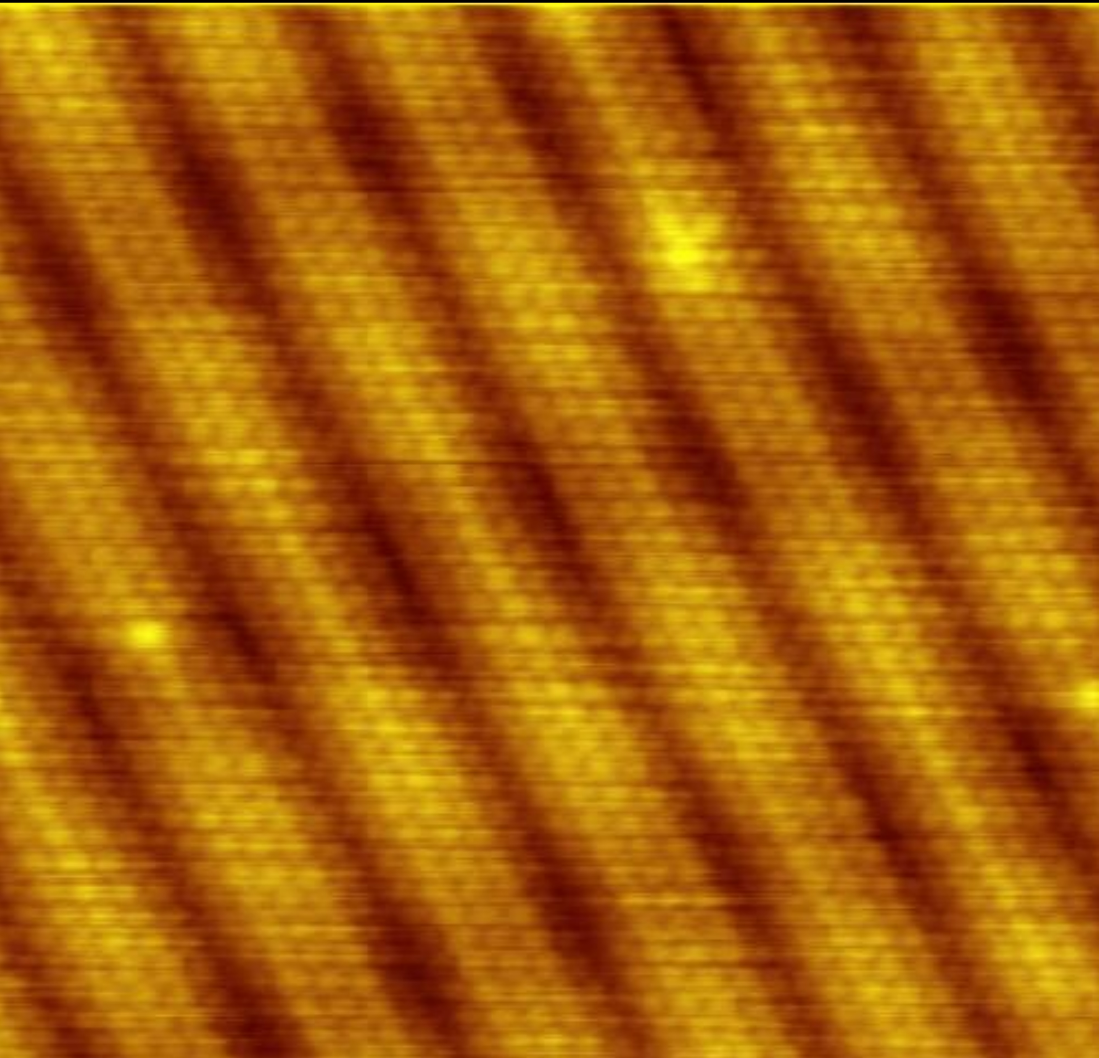Week 7's lecture content on the relationship between neuroscience and art delved into the works of influential academics like Sigmund Freud and Carl Jung, in addition to the drug adventures and research by Aldous Huxley and Timothy Leary (Vesna). In the 20th century, drugs like LSD and cocaine were less strictly regulated than they are now (and even promoted as beneficial and healthy), thus much of the current literature and understanding of these drugs come from this time period.
 |
| Image of an advertisement from the Coca-Cola Company. Retrieved from 30 Coca-Cola Secrets You Never Knew | Eat This Not That. |
It is in my belief that profound art has origins from
extreme emotions, feelings, and thoughts - of which can be produced by
hallucinogenic drugs. Moreover, dreams can also represent this state of reality
where extremes are pushed, and I question whether there's a specific link
between the experiences of these drugs and the dream world. For this reason, I
find the research from academics like Leary to be particularly profound.
 |
| Photograph of Timothy Leary in 1970. Retrieved from Timothy Leary - Wikipedia |
As a Harvard lecturer and researcher, Leary conducted
experiments with psilocybin and found that psychedelic drugs could drastically
change people's personalities and expand human consciousness (Britannica). For
example, in his Concord Prison Experiment, he tried to use psilocybin to reduce
recidivism rates in prisoners - to which he found a radical positive
association. Anecdotally, I've also heard stories of remarkable habit changes
after consumption of hallucinogenic mushrooms -- wherein nicotine addicts,
after having taken these drugs, would quit their addiction immediately.
While Leary's research has been contested, I wonder if there is untapped value to these drugs that we aren't looking into due to policy regulations. Hopefully, more research could be done on the effects of these psychedelic drugs to expand the relationship between neuroscience and art (as art relates to the human mind, our thoughts, and our creations). Ultimately, I feel as if Aldous Huxley accurately captured my thoughts on this topic:
 |
| Portrait of A. Huxley. Retrieved from National Portrait Gallery. |
- Moksha: Writings on Psychedelics & the Visionary Experience
Works Cited
Bassano Ltd. Photograph of Aldous Huxley. Bromide print. National Portrait Gallery.
https://www.npg.org.uk/collections/search/portrait/mw52047/Aldous-Huxley
De Maria, Meghan. "30 Cola-Cola Facts You Never Knew." EatThis, NotThat, 5 Dec. 2021,
https://www.eatthis.com/coca-cola-facts/
Huxley, Aldous. Moksha: Writings on Psychedelics & the Visionary Experience, edited by Michael
Horowitz and Cynthia Palmer. https://www.goodreads.com/book/show/5134.Moksha
"Timothy Leary." Britannica, Encylopaedia Britannica, 27 May 2023 last updated,
https://www.britannica.com/biography/Timothy-Leary
"Timothy Leary." Wikipedia, The Free Encyclopedia, Wikimedia
Foundation, 29 May 2023 last updated,
https://en.wikipedia.org/wiki/Timothy_Leary
Vesna, Victoria. "Consciousness / Memory." Canvas, Unit 7 View.
https://bruinlearn.ucla.edu/courses/160989/pages/unit-7-view?module_item_id=5946342
Vesna, Victoria. "Neuroscience and art part 2." Canvas, Unit 7 View.
https://bruinlearn.ucla.edu/courses/160989/pages/unit-7-view?module_item_id=5946342
Vesna, Victoria. "Neuroscience pt3." YouTube, YouTube, 16 May 2012,
https://www.youtube.com/watch?v=E5EX75xoBJ0&ab_channel=UCOnline







.png)






